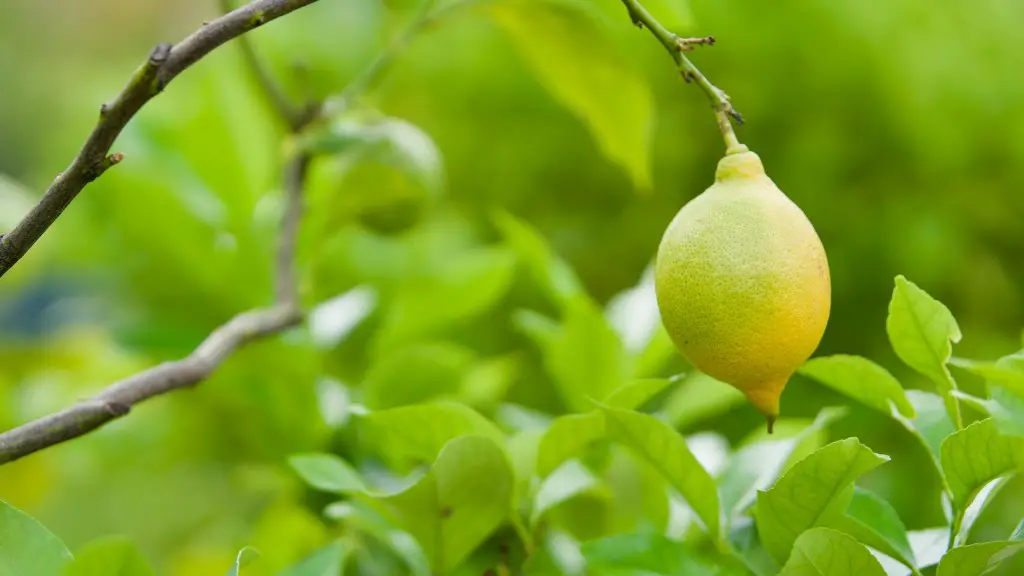Introduction
Growing your own Queen Palm Tree can be a rewarding experience and a great addition to any outdoor space. There are many benefits to planting and caring for a Queen Palm Tree, from providing shade, producing beautiful fronds and creating a focal point in your garden. Sadly, many people do not know how to get the most out of their Queen Palms, leaving them spindly, unhealthy, stunted and unattractive. But with some sound advice and a little hard work, you can learn not just how to plant a Queen Palm Tree, but also how to nurture and care for it so that you can enjoy it for years and years to come. Here’s a video guide on how to plant a Queen Palm Tree and make the most out of this wonderful, majestic palm.
What You Will Need
Fortunately, planting and caring for a Queen Palm Tree isn’t complicated and doesn’t require many tools or materials. All you need are a few essential items, such as potting soil or a growing medium, small stakes, a shovel, a hose, mulch, and a Queen Palm Tree. Make sure to buy a Queen Palm Tree that is suitable for your area and the right size for the space you have available. Also, if you are planting more than one, be sure to space them correctly and check the rootball and soil to make sure they are healthy.
How to Plant
Once you have gathered all of your supplies and obtained the Queen Palm Tree you intend to plant, it is time to begin. The first step is to dig a hole that is two or three times the diameter of the Queen Palm Tree. After you have dug the hole, you need to fill it with potting soil or the appropriate growing medium. Once the hole is full, place the Queen Palm Tree on top and fill the rest of the hole with soil. Finally, lightly compact the soil around the tree and water it in.
After Planting Care
Your Queen Palm Tree will need regular watering and care to ensure it is healthy and grows well, as palms are very sensitive to drought. Make sure you water your tree thoroughly and regularly, especially during periods of hot or dry weather. You should also feed your tree a slow-release fertilizer a few times a year to boost growth and promote health. Finally, you should mulch the soil around your tree to help keep the roots cool and retain moisture.
Light and Shade Requirements
When planting a Queen Palm Tree, location is very important. Palms do not like too much shade, so pick a spot in your garden that receives partial or filtered sunlight for at least some of the day. If you have an area that receives full sun for several hours a day, that is even better. Palms prefer these hot, sunny conditions and will thrive in them.
Pruning and Trimming
Queen Palm Trees do not require much pruning, but it is important to keep them trimmed and free from disease. The fronds of the Queen Palm Tree should be trimmed twice a year in early summer and again in late fall. You should also inspect your tree for any signs of disease or damage, such as fungus or browning of leaves, and take action as necessary.
Pest and Disease Control
Queen Palm Trees are susceptible to a variety of pests and diseases, and it is important to take action as soon as they appear. If you notice any signs of pests, such as aphids or mites, use an appropriate insecticide. Also, check the fronds and trunk of the tree regularly to look for signs of disease, such as brown spots or discoloration. If you do notice any signs of disease, treat it immediately with a fungicide.
Regular Maintenance
Regular maintenance is essential for the health and longevity of Queen Palm Trees. You should check the tree for any signs of damage or disease, as well as ensure that it is getting enough water and nutrition. Additionally, you should trim the fronds twice a year and give your tree a balanced fertilizer every few months to promote healthy growth.
Pest and Disease Prevention
The best way to prevent pests and diseases from ruining your Queen Palm Tree is to practice good gardening habits. Make sure your tree has access to plenty of sun and air flow, water it regularly, and be sure to mulch around the tree to regulate the soil temperature and retain moisture. Additionally, keep an eye on your tree for any signs of disease or pests and take action promptly as needed.
Fertilizing and Nutritional Requirements
Queen Palm Trees need plenty of nutrients to thrive and grow strong and tall. Make sure to use a slow-release fertilizer every few months in a balanced amount to give your tree the sustenance it needs. Additionally, you can use organic compost or manure to give the tree an extra boost of nutrition to help it grow even larger.
Rootball Preparation
When you are preparing the rootball for your Queen Palm Tree, it is important to use a good-quality growing medium, such as potting soil or a mixture of soil and compost. You should also use small stakes to anchor your tree in the ground and to help the roots spread evenly. Once the tree is planted, you can lightly compact the soil around the rootball with your hands or a small trowel.
Potential Problems with Queen Palms
As with all plants, there are potential problems that may arise with Queen Palms, such as pest and disease infestations and improper watering. However, these problems can be easily prevented if you take the time to properly care for your tree. Make sure you monitor your tree for any signs of disease or pests and take action promptly, as well as give it a balanced fertilizer regularly and water it deeply and consistently. With proper care, you can help ensure that your Queen Palm Tree thrives for many, many years to come.


